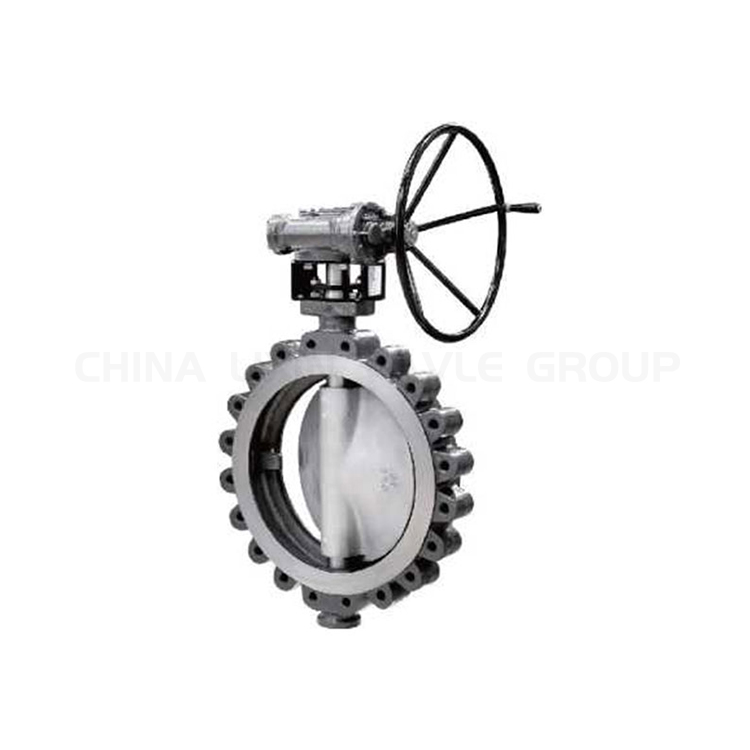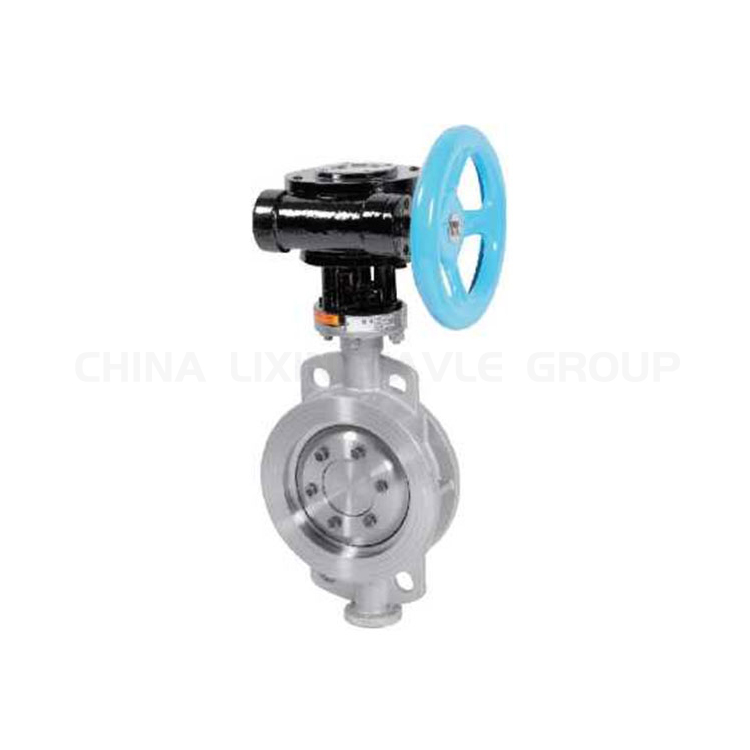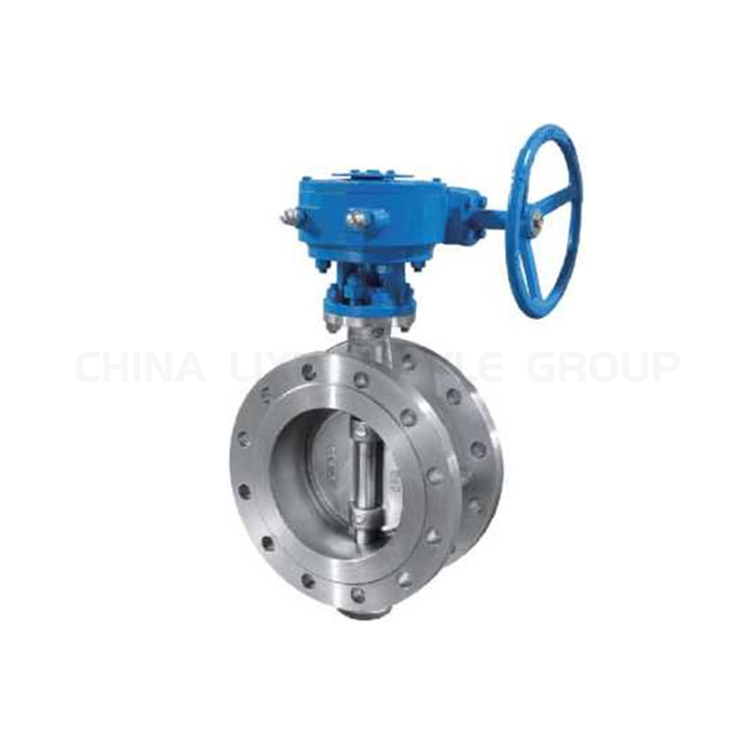How to Install a Butterfly Valve?
Butterfly valves are widely used in various industrial applications for controlling the flow of liquids, gases, and slurries. Installing a
butterfly valve requires careful preparation and attention to detail to ensure proper functionality and safety. This comprehensive guide
will provide a step-by-step process to help you install a butterfly valve with confidence.
1. What Tools and Materials Do You Need?
Before you begin the installation process, gather the necessary tools and materials:
- Butterfly valve
- Pipe cutter or hacksaw
- Measuring tape or ruler
- Level
- Screwdriver or wrench
- Thread sealant or PTFE tape
- Pipe dope or lubricant
2. How to Prepare the Piping?
- Measure and cut the pipe to the desired length.
- Deburr the cut edges of the pipe using a file or sandpaper.
- Clean the inside and outside of the pipe thoroughly to remove any debris or contaminants.
3. How to Install the Butterfly Valve?
- Insert the Valve into the Piping: Apply thread sealant or PTFE tape to the threaded ends of the butterfly valve. Insert the valve into the pipe and hand-tighten it until it is snug.
- Align the Valve: Use a level to ensure that the valve is aligned correctly. Adjust the valve accordingly until it is level.
- Tighten the Valve: Use a wrench or screwdriver to tighten the bolts or screws that hold the valve in place. Tighten the bolts evenly and gradually to avoid overtightening.
- Install the Handle: Attach the valve handle to the valve stem and tighten it securely.
- Test the Valve: Open and close the valve several times to ensure that it operates smoothly and without any leaks.
Troubleshooting Tips
- If the valve leaks, check the tightness of the bolts and the integrity of the gasket.
- If the valve is difficult to operate, check for any obstructions in the piping or a damaged handle.
- If the valve fails to shut off completely, inspect the seat and disc for wear or damage. Learn more about Butterfly Valve.
Safety Precautions
- Wear appropriate safety gear, including safety glasses, gloves, and protective clothing.
- Ensure that the system is depressurized before performing any work.
- Use caution when handling heavy valves and piping.
- Refer to the manufacturer’s instructions for specific guidelines and safety precautions. Access Safety Information on Butterfly Valves
Conclusion
Installing a butterfly valve involves careful preparation, proper installation techniques, and thorough testing. By following the steps outlined in this guide, you can ensure a safe and successful installation. Remember to take the necessary safety precautions and refer to the butterfly valve manufacturer‘s instructions for specific guidelines and troubleshooting tips.










